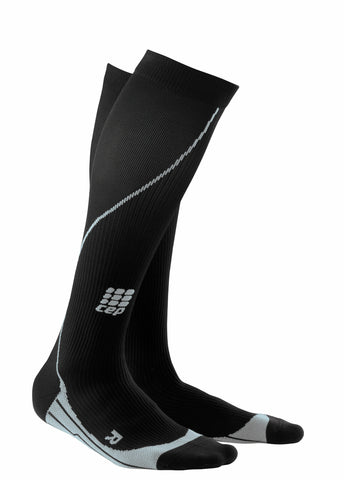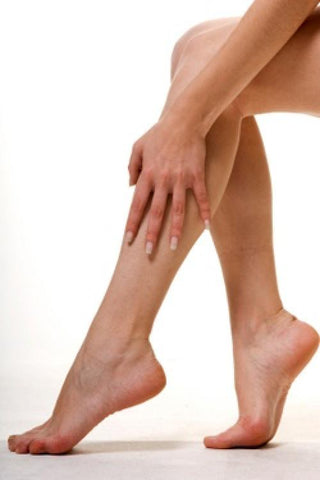"Every day that you don't train, your opponent gets that much better than you."
Now more than ever sports are getting exponentially competitive. Athletes train for longer hours and gear up with all kinds of training equipment. Everyone continually does research on the best training methods and equipment, with the ultimate goal of finding a fitting combination that will help them excel and perform at the front of the pack. However, among a plethora of different shoes, clothes, braces, and gadgets, there is one piece of vital equipment that many people are missing out on: compression socks. No, they don't have built-in GPS that maps your runs, nor do they magically help you jump higher or run faster. However, their one main function is arguably the most important in supporting your ability to exercise: they protect your legs.

Compression socks have been around since the early 1900s and have come a long way since then. What used to be solely used as medical garments for injuries and swelling, have now been integrated into many peoples' daily wear. Compression socks are not only meant for managing certain medical conditions, but also aid in preventing those conditions. Especially for the competitive athlete, compression will provide you with the edge you need over your opponents. Here’s how:
Wearing compression throughout the day supports healthy and normal circulation.

After a long day at work, sometimes it’s hard to motivate yourself to hit the gym because your body is simply feeling fatigued. If you stand or sit for long periods of time, chances are your legs feel heavy or sore at the end of the day. This is because your vein valves are constantly fighting gravity throughout the day to propel de-oxygenated blood back to the heart. By wearing compression daily, you take that stress off the vein valves, energize your legs, and promote healthy circulation.
Wearing compression during exercise reduces shock and risk of shin splints.

Whether you are running, biking, skiing, or lifting, there are compression socks that are padded in different ways to prevent blistering, reduce shock from high impact motions, and prevent shin splints. In addition, as previously mentioned the compression will promote regular circulation which ultimately reduces muscle fatigue. This will allow you to train longer and push yourself harder without worrying as much about potential injuries. Exercise compression socks are also available as footless sleeves as well!
Wearing compression after exercise reduces recovery time and diminishes lactic acid buildup.

Between training day and game day, you need to be sure to give your muscles enough time to rest. However, lactic acid buildup slows down the recovery process. Recovery compression socks push that lactic acid out of your legs and speeds up recovery time to help your muscles feel at 100% the next day.
There are many different gadgets and gear that make exercise more enjoyable, but none of those things are as functional or useful as compression socks. In addition, besides providing your legs with support during exercise, compression socks are great to wear every day. There are many different fabrics and styles including open toe and footless sleeves. These are all suitable for casual, business, and exercise. By now you must be excited to find your size and try a pair for yourself. Some of the products we highlighted here just barely scratch the surface of what is available. If you can’t find what you're looking for on our website, contact our Customer Care Team, we would be glad to answer any questions you may have. Tell us what compression sock your gym bag cannot be without!



